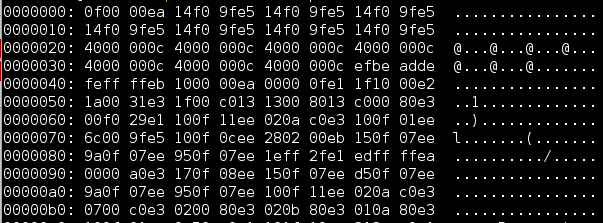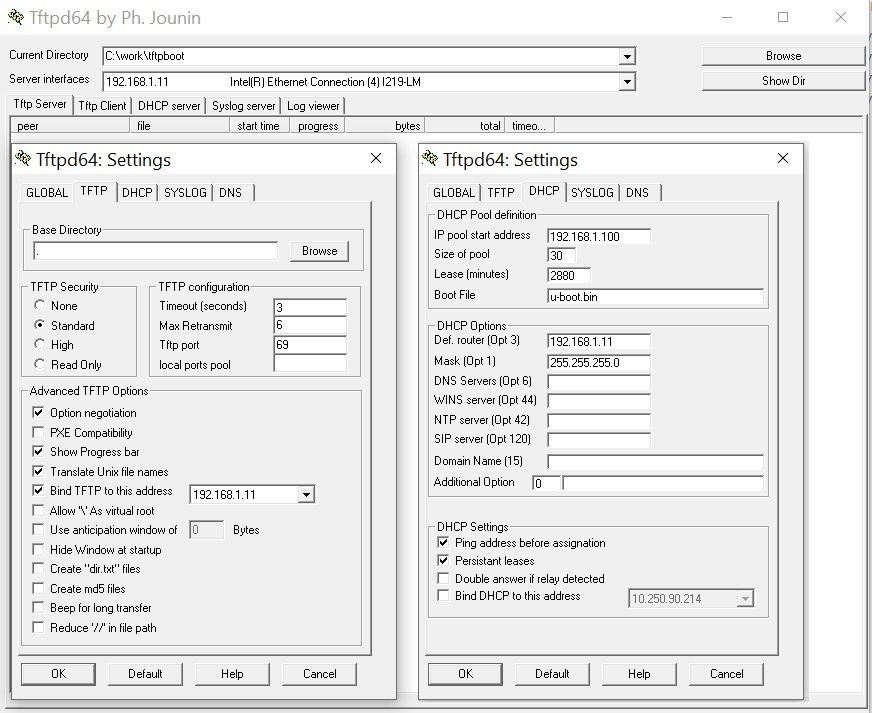Hi,
We are currently working on our custom board that have a 66AK2H14 SoC.
I'm currently trying to boot by Ethernet because we need this boot to flash the first firmware for new boards.
I currently can received the bootp request. And I managed to have a bootp reply. I provide my u-boot-spl.bin (BLOB image?) file provided in u-boot/spl directory after build.
However, it looks like i'm hang somewhere in SPL because I can't get any output on serial console. My configuration of UART is done in SPL (same as for my SPI bootloader). I don't really understand why I can't get it working when using Ethernet boot, I thought that my SPI SPL image (the BLOB one) must working, trying to boot from flash firstly.
Secondly, I tried also to configured u-boot to enable ethernet (CONFIG_SPL_ETH_SUPPORT and CONFIG_SPL_NET_SUPPORT and I did some changes in u-boot spl to allow compilation and use spl_net.c instead of spl_spi.c.
However, I'm still stucked at same point.
Do you have any suggestion, ethernet boot guide or u-boot configuration guide for this SoC?
Thank you.
Best regards.
K.Luong




